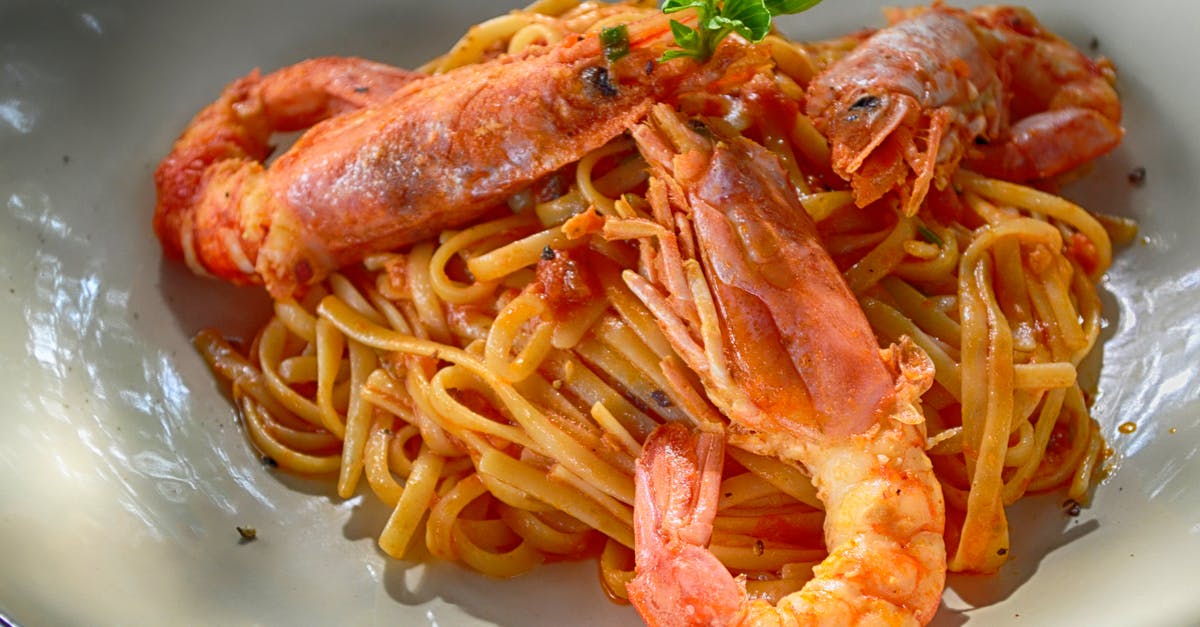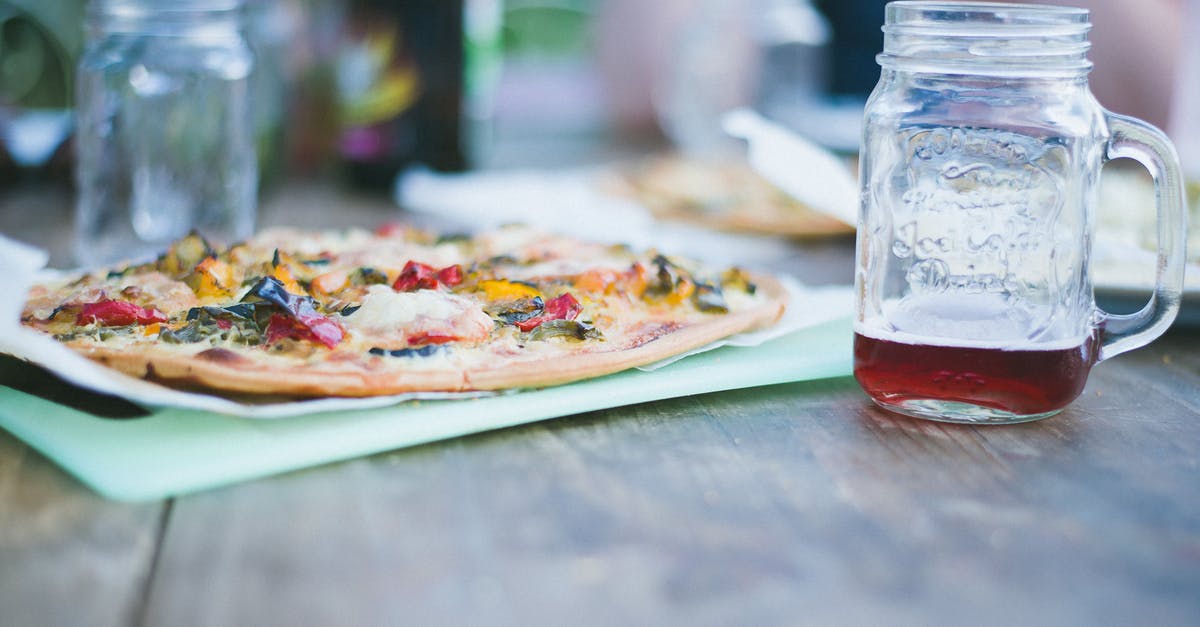What oil to use when cooking a salmon?

From my conversation with some of my friends, they mention that using canola oil would be suitable for cooking a almost "Well Done" salmon. Also, it will make the salmon taste better.
So, I was wondering if would it make a difference if I use other type of oil or even use butter to cook my salmon fish and if possible, make it taste better?
Best Answer
Answer: No oil.
I don't use oil. I use a non-stick pan or I grill it in oven.
I don't understand why people are using oil to do injustice to salmon. I want the salmon to be firm and not mushy. I already face the problem of having to take care of the juice/oil flowing out of the salmon. I don't want more fluid added which would further mushify the fish.
Pan-poaching:
- Place the slice of salmon on its skin, on the pan.
- Gradually turn the heat up to moderate.
- As the skin-side gradually becomes firm, turn the slice over.
- When the other side also becomes firm, turn the slice back to face the skin-side down to brown the skin on strong heat.
The problem I face is too much juice/oil exuding from the salmon.
Continually notice if salmon juice/oil is flowing out, to drain the juice/oil into a bowl. After cooking salmon is complete, place salmon into serving plate and the pour salmon juice back into pan. Add diced garlic, chopped cilantro and onions. Or use pre-fried onions bought from Vietnamese store. Stir fry for 2-3 minutes. Resultant is a nice gravy to be used as topping for the salmon. Sprinkle blue cheese bits.
Broiling (set the oven to broil):
- Place salmon skin facing up on oven pan.
- For soft steak: use a smaller pan so that the juice/oil that flows out would not spread out to be being burnt away by the heat. So that the juice/oil keeps the salmon moist and soft.
- For firm poach: Drain the pan frequently.
- Use various apparatus to elevate the pan so that the salmon is 1 inch away from the top heating element of the oven.
- Turn oven to 180 F for 30 minutes. This is to firm up the salmon and let its initial flow of juice/oil out of the salmon.
- Then turn the oven up to 240F till the fish is cooked.
- Gently separate the skin from the fish without injuring the flesh.
- Broil the skin at 350F till it becomes crispy.
Crispy salmon skin biscuit = heavens! The crispy salmon skin must be eaten within 30 minutes - otherwise, it would soon absorb moisture and becomes flaccid.
See, no oil involved (other than the oil exuding from the fish).
Pictures about "What oil to use when cooking a salmon?"



Quick Answer about "What oil to use when cooking a salmon?"
The best oil for cookingCan you cook salmon with cooking oil?
Tips to make the perfect pan seared salmon: Skin on salmon works better that skinless salmon. Use a good pan, that heats up evenly. Make sure the pan and oil are hot. You can use Olive oil, but if you are concerned about the lower smoking point of olive oil, use vegetable oil.Do you need oil for salmon?
It's not only because you need that fish oil\u2014which you do. It's that salmon can be one of the easiest things in the world to cook\u2014you just have to find the method that works for you.Should you use butter or oil for salmon?
Pan fry. Pan-frying salmon produces crisp skin and succulent flesh. Use a good, heavy-based frying pan, ideally non-stick, and butter or oil with a high burning point.What is the best oil to cook fish in?
Canola Oil Canola oil has a neutral flavor and is the best oil to fry fish because there's no risk of it overshadowing the taste of your fish. It also has a high smoke point, and because it is highly refined, canola oil is very stable.The Food Lab: How to Make Pan-Fried Salmon Fillets With Crispy Skin
More answers regarding what oil to use when cooking a salmon?
Answer 2
I think it depends on two things: what temperature you want to cook at and what flavors you want with it.
Marge gives some ideas on some of the flavor some oils give.
Peanut and grapeseed oil have relatively high smoke points, where butter has a lower smoke point which impact how you should cook the salmon - you can check this out to see what the smoke point of other oils. http://en.wikipedia.org/wiki/Smoke_point
My preference on a pan is a fast high-heat sear for 2 minutes skin-side down first with no oil. Flip it, sear the other side for another 1 minute, and then let it rest about 10 minutes covered to let the rest of the fish cook through to a medium. This is assuming that the salmon steak is about an inch thing at the thickest.
On a grill I'd still rub some high-smoke point oil on the grill grates because I'm paranoid about sticking.
Answer 3
I use either peanut oil or grapeseed oil. Peanut oil adds a nice flavor (even though it's relatively flavorless on its own) when broiling it in my toaster oven.
Grapeseed has almost no flavor, but a slightly higher smoke point than peanut, so I use it when I grill the salmon on the charcoal barbecue.
Butter is good for most people, and most of your guests would love it with salmon; I don't like any preparation where I can taste the flavor of it so I rarely have it in the house, hence the regular use of oil.
Answer 4
I use a tablespoon or so of olive oil, or just enough to coat the bottom of the pan. Prepare the salmon by patting them dry and sprinkle salt and pepper. Heat the pan until there's a nice sheen, then sear on both sides for a minute or two. Then, put it in a 350 degree oven until it comes to desired temperature. I've never had an issue with mushy or oily fish. I have tried butter in the past, but I find that olive oil provides for a less "heavy" flavor.
Sources: Stack Exchange - This article follows the attribution requirements of Stack Exchange and is licensed under CC BY-SA 3.0.
Images: Pixabay, Polina Tankilevitch, Dana Tentis, Les comptoirs mitoyens
